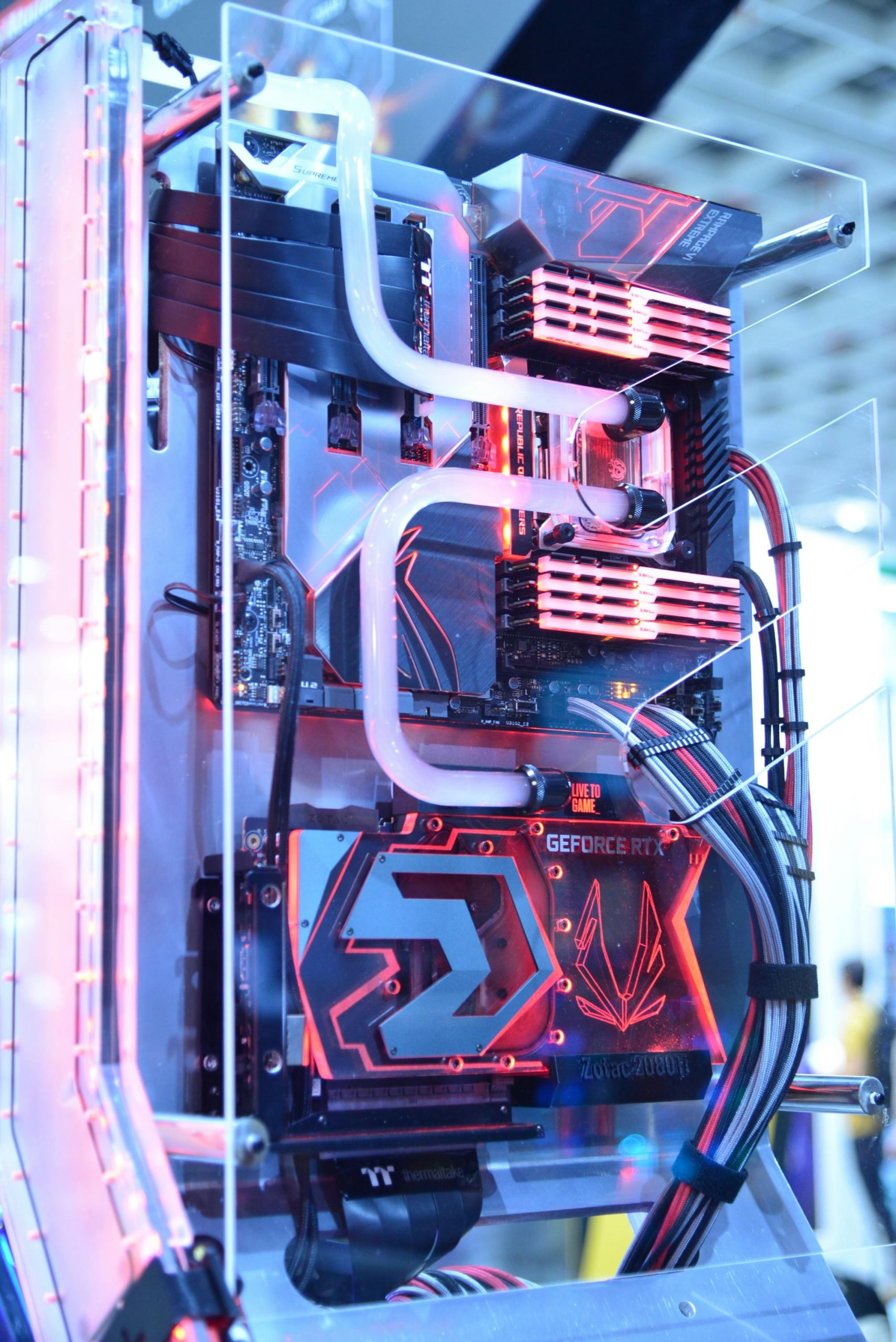Understanding iGPU Artifacting: Causes and Solutions
Introduction
In recent years, there has been a growing trend of purchasing refurbished or second-hand PCs for budget tasks or light office work. These computers often offer great value for money and can be a boon for those needing basic computing without breaking the bank. However, like any piece of technology, they come with their own set of potential issues. One such issue is graphical artifacting, especially when dealing with integrated graphics processing units (iGPUs). In this blog post, we’ll delve into what causes these artifacts, explore common culprits, and suggest some solutions for individuals facing similar problems.
What are Graphical Artifacts?
Graphical artifacts are anomalies or distortions visible on your computer screen. They can appear as visual glitches, misrendered graphics, flickering, or even pixelated patterns like lines or blocks. In some severe cases, the whole screen might become unreadable. Although artifacts can pop up on any system with a graphics processing unit (GPU), systems with integrated GPUs, like the Intel HD Graphics 630, are not immune.
Case Study: Fujitsu Esprimo P556/2
Specifications:
- Processor: Intel i3-7100
- Memory: 2×4 DDR4 2400MHz (installed post-purchase)
- Storage: Patriot 256GB SSD (installed post-purchase)
- Motherboard and PSU: Stock
- iGPU: Intel HD 630
Imagine you purchase a budget-friendly Fujitsu Esprimo P556/2. Initially, everything seems to function well. However, after a period of inactivity, significant artifacting issues begin to appear. This case serves as a catalyst for understanding how these problems can manifest.
Common Causes of iGPU Artifacting
- Overheating:
- Explanation: Overheating is one of the most common causes of graphical errors. Integrated GPUs, while more energy-efficient, can still overheat if the system’s cooling is insufficient.
-
Solution: Regularly clean the PC’s internals, ensure unobstructed airflow, and check that all cooling fans are operational. Reapplying thermal paste on the CPU might also help.
-
Faulty RAM:
- Explanation: Since iGPUs use system RAM to render graphics, faulty or incompatible RAM can lead to artifacting.
-
Solution: Run a memory test using tools such as MemTest86. Consider reseating the memory sticks or trying different RAM modules if issues persist.
-
Power Supply Problems:
- Explanation: A failing PSU can lead to insufficient power delivery, causing operational inconsistencies.
-
Solution: Test using a multimeter or try a known-good PSU to determine if this resolves the graphical issues.
-
Driver Issues:
- Explanation: Outdated or corrupted drivers can cause improper hardware communication, resulting in display errors.
-
Solution: Regularly update graphics drivers from Intel’s official website. Use driver clean-up utilities to ensure no remnants of old drivers affect the system.
-
Software Conflicts:
- Explanation: Software bugs or incompatibilities can sometimes produce artifacts. This is prevalent in systems with older hardware running updated operating systems.
- Solution: Keep your operating system updated and check for any known driver issues with your specific iGPU model. Running the system in safe mode can help identify software-related issues.
Diagnosing the Issue
When tackling artifacting issues, it’s crucial to conduct systematic diagnostics:
- Step 1: Initial Inspection and Cleaning
- Remove dust and check fans for operation.
-
Ensure all components, such as RAM and SSD, are securely connected.
-
Step 2: Check for Overheating
-
Use temperature monitoring software like HWMonitor. Observe temperatures under load.
-
Step 3: Diagnose RAM
-
Run memory diagnostics to rule out faulty RAM. Ensure BIOS settings for RAM configs align with manufacturer specifications.
-
Step 4: Review PSU Health
-
Check for consistent power delivery and voltage levels using hardware diagnostic tools.
-
Step 5: Update and Rollback Drivers
- Keep drivers and OS versions current. If a recent update caused instability, consider rolling back to a previous stable version.
Specific Solutions for Fujitsu Esprimo P556/2
If you’re dealing with a Fujitsu Esprimo P556/2 showing signs of artifacting, consider these tailored steps:
- BIOS Update: Sometimes, manufacturers release BIOS updates to address stability concerns, especially with integrated components.
- Reseat Components: Given the system was stored inactive, physical connection integrity (particularly RAM and SSD) may be compromised.
- Restore System Defaults: If artifacting began after software installations or setting changes, returning the system to a prior state could help.
Preventative Measures
- Routine Maintenance:
-
Regular cleaning and inspections can prevent dust buildup and related heat issues.
-
Software Management:
-
Avoid installing unnecessary software that might clash with existing drivers or services.
-
Ensure Adequate Cooling Solutions:
- Particularly for systems with long runtimes or placed in warm environments, consider upgrading cooling solutions if expansion is possible.
Conclusion
Graphical artifacts on iGPUs can be perplexing and frustrating, especially when they interrupt important tasks or cause concern about the integrity of your hardware investment, as seen in the Esprimo P556/2 case. By understanding the potential causes and applying educated troubleshooting techniques, users can often remedy these issues and extend the lifespan of their computers.
In technology, challenges provide an opportunity for learning. By approaching iGPU artifacting methodically, not only can you resolve the immediate issue, but you’ll also enhance your problem-solving skills for future endeavors in the world of digital technology.
Share this content:




Response to iGPU Artifacting on Fujitsu Esprimo P556/2
Thank you for this insightful article on iGPU artifacting! As a technically experienced user, I’d like to add a few additional points and suggestions for diagnosing and resolving issues with the Fujitsu Esprimo P556/2.
Advanced Diagnostic Techniques
In addition to the steps you’ve outlined, consider utilizing the following tools for deeper diagnostics:
Potential Underlying Hardware Issues
While overheating and driver issues are common culprits, keep in mind that:
Thank you for sharing this comprehensive overview of iGPU artifacting issues. Based on the information provided, here are some additional steps and considerations that might help troubleshoot and resolve these symptoms: